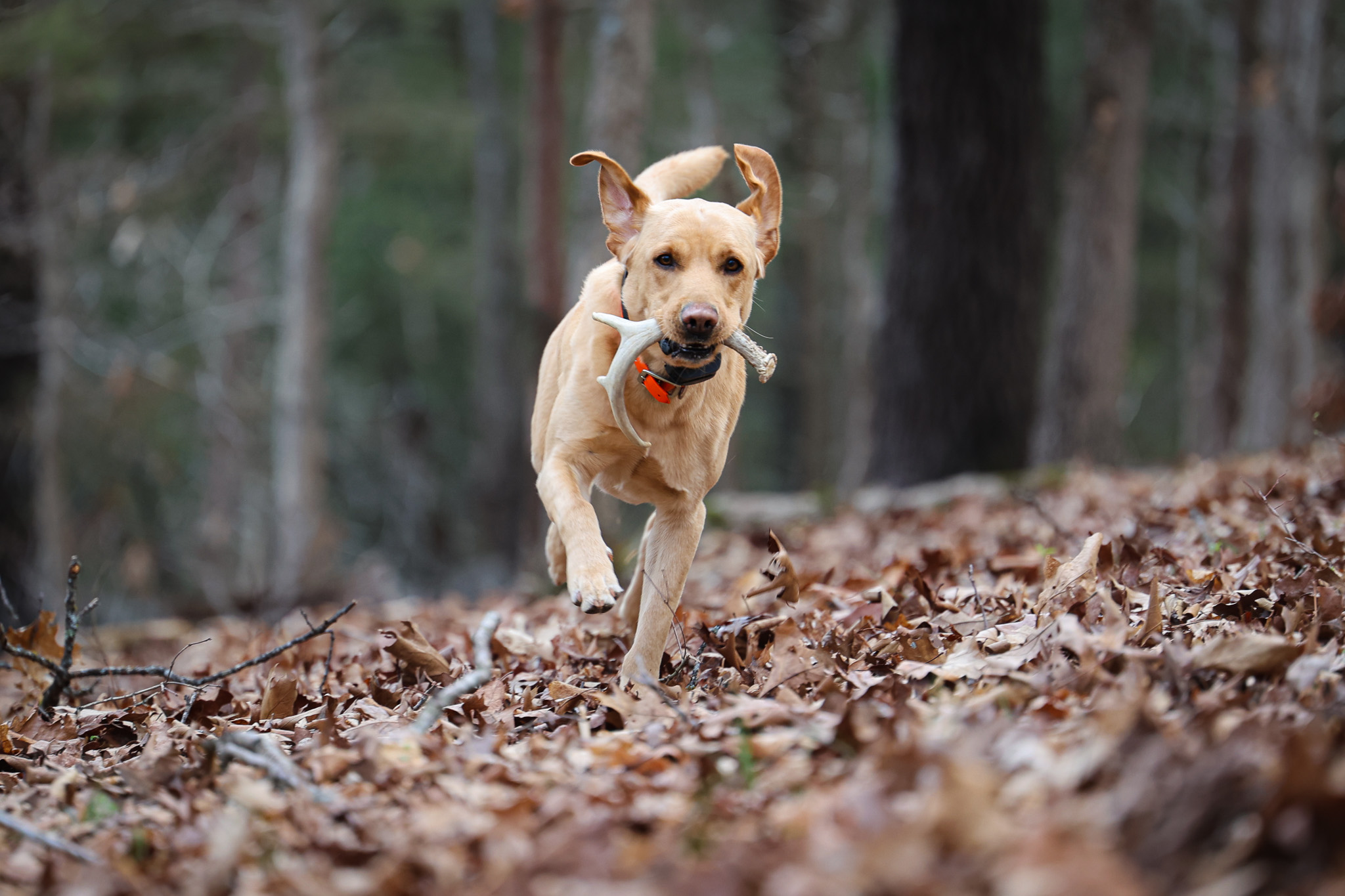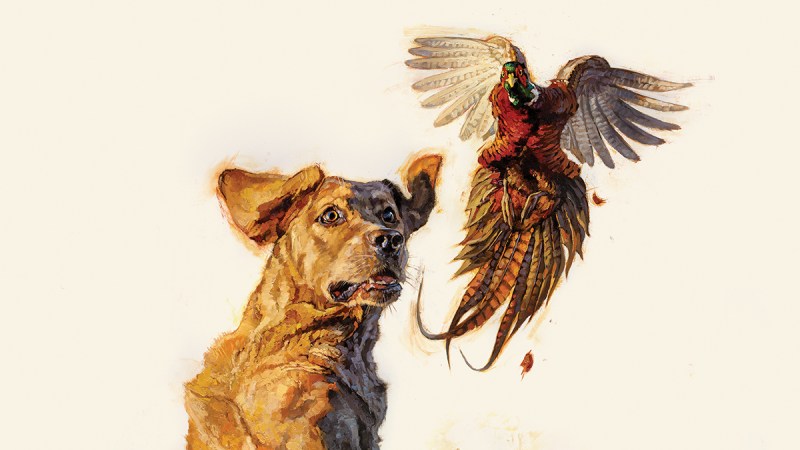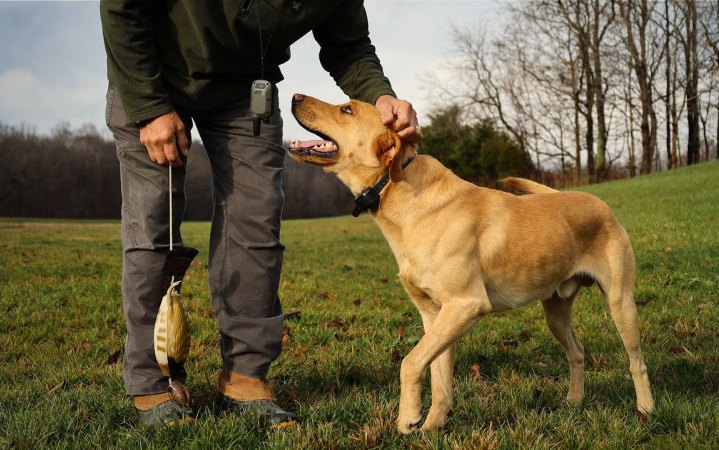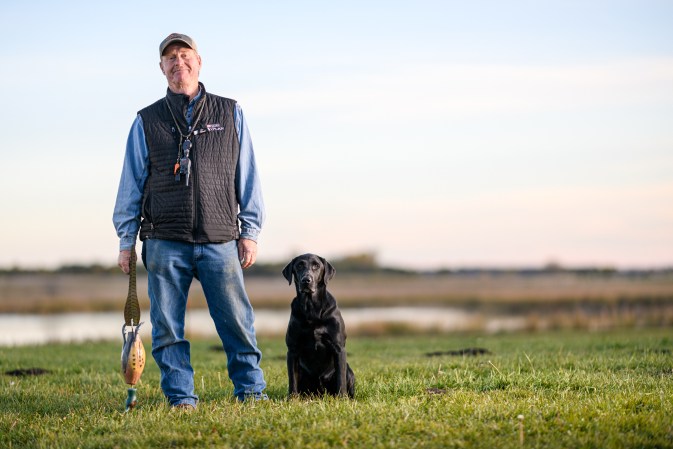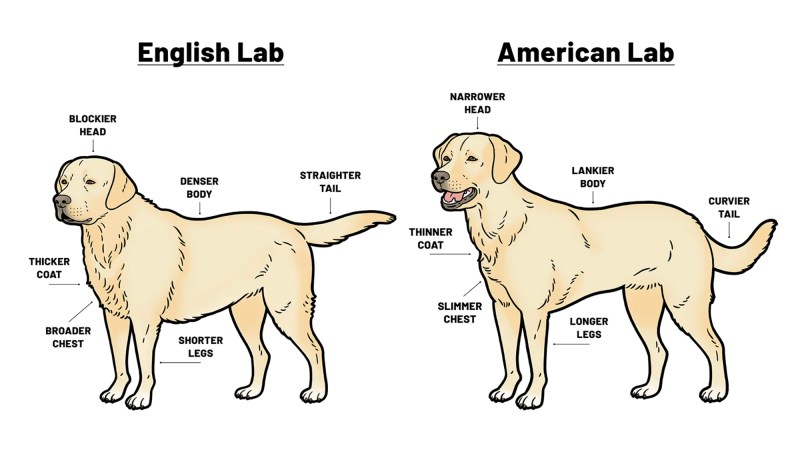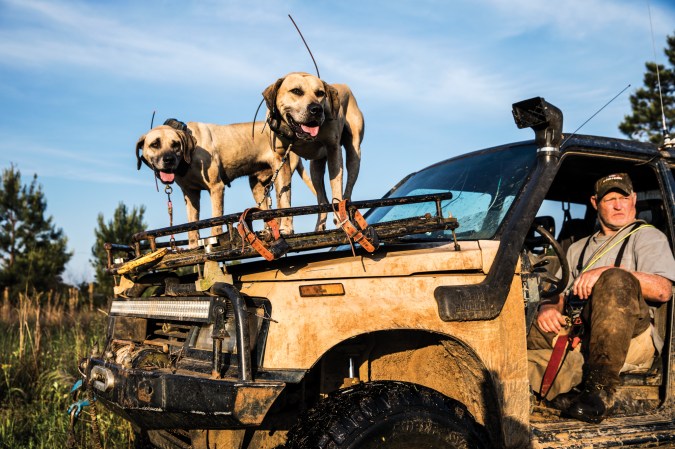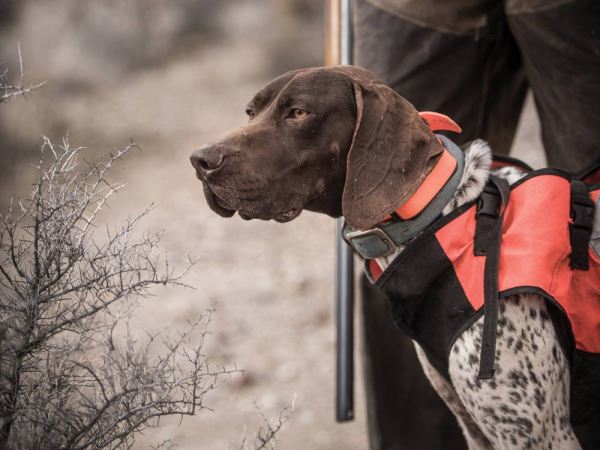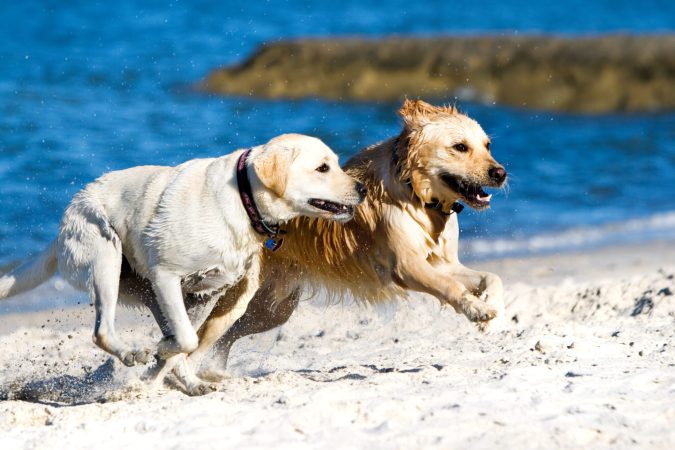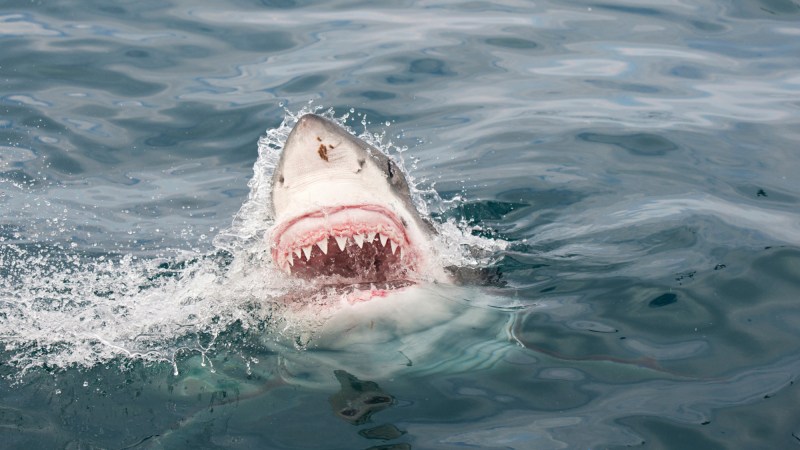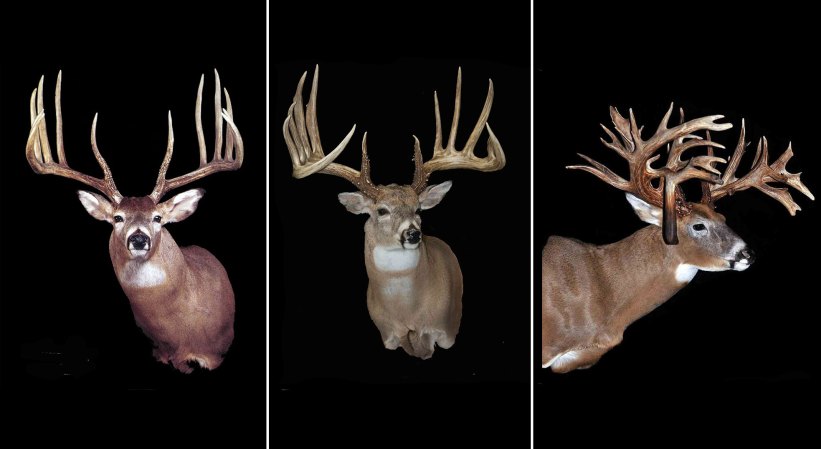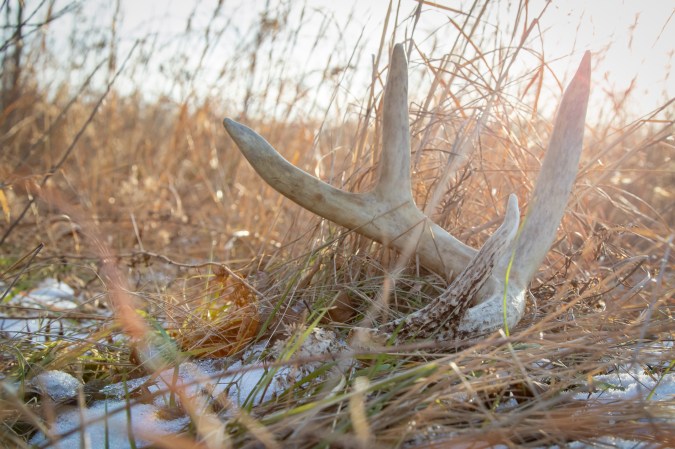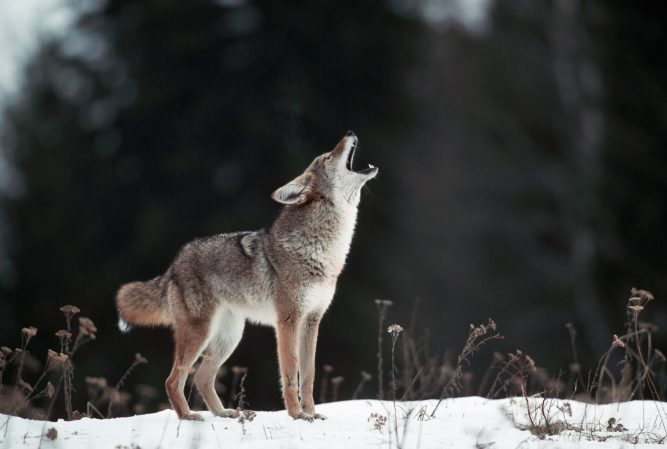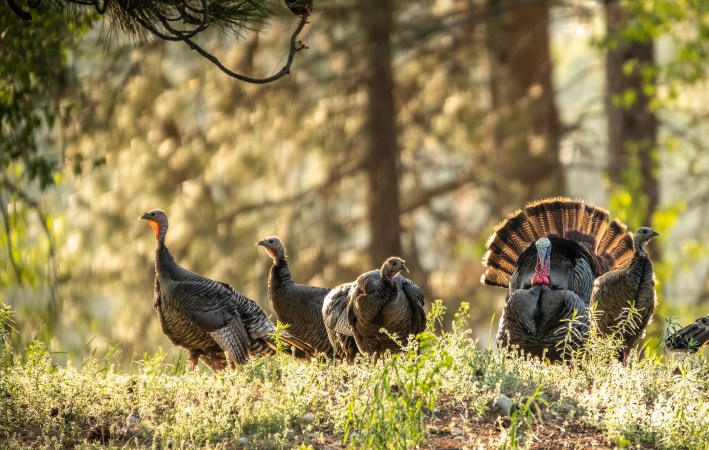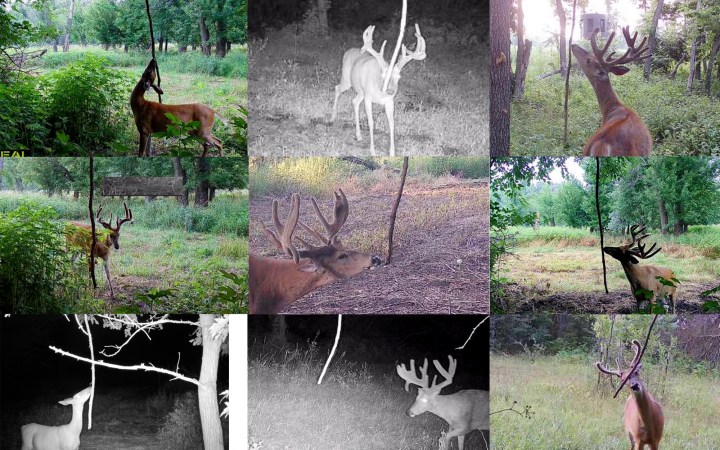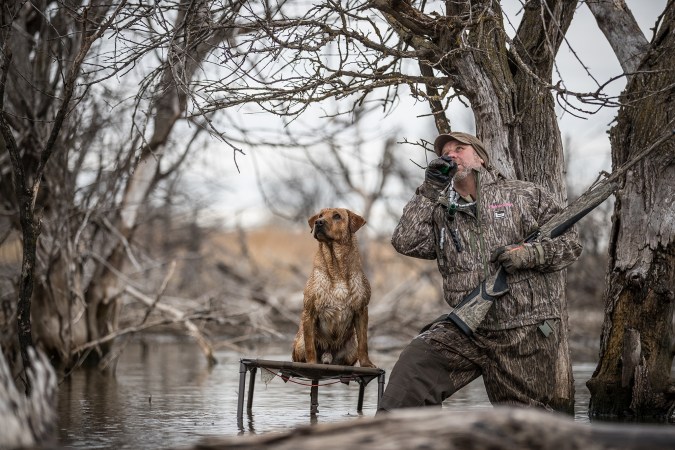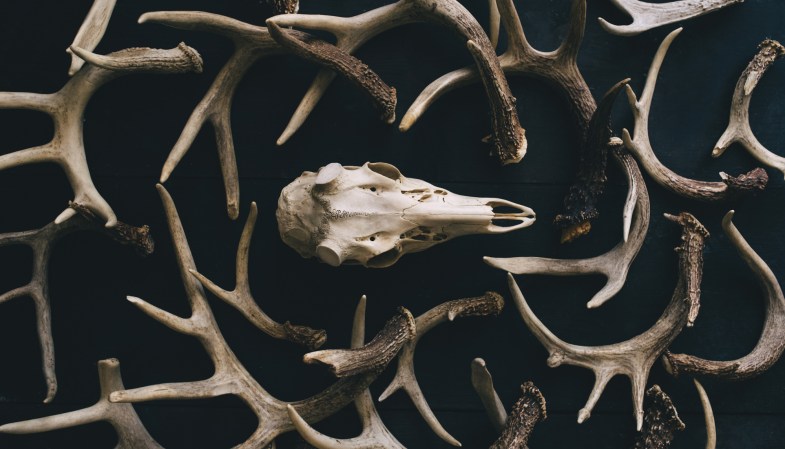We may earn revenue from the products available on this page and participate in affiliate programs. Learn More ›
The popularity of shed hunting dogs has gone from zero to ludicrous in the last decade. But if expect to take your pup for a walk in the woods and see the success of a social-media shed hunt, you’ll probably go home sorely disappointed. Yes, shed dogs are growing in popularity, and all those piles of antlers on Instagram may make the dog-less shed junkie cast a curious eye at his or her retriever. Or maybe do a quick recon on Google, searching to see what the story is on available litters of hard-driving shed retrievers.
That’s understandable, and there are certainly benefits to owning a shed dog. But it’s a good idea to understand what’s required to turn a dog into an effective shed hunter. Whether you’re looking to teach an old dog new antler tricks, or pick up a pup that will be dedicated to the task, here’s an honest look at what you’re getting into and the outcomes are likely to be. To set the record straight, I’ve outlined the seven biggest myths and misconceptions around shed hunting dogs.
Any Sporting Dog Can Be a Shed Dog
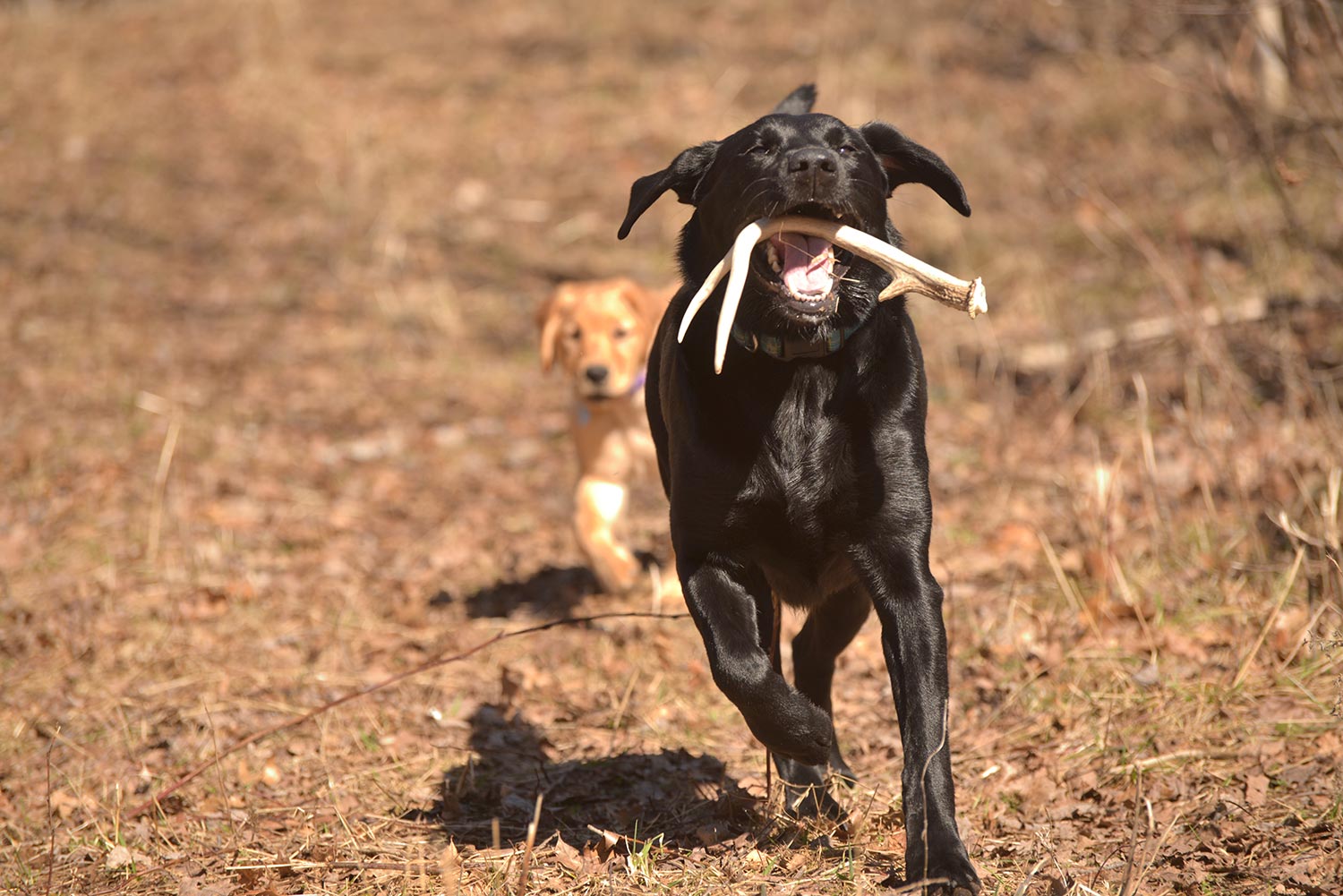
This is a tricky one. According to Josh Miller, dog trainer and owner of River Stone Kennels, “People just get too optimistic about their dog’s ability. Sure, theoretically any dog can pick up an antler and bring it back to you, but that’s not how it works in the real world.” Miller’s words might sting a little, but they are also true. If you have a high-drive dog that has plenty of natural hold and carry ability, and you want him to bring you sheds, then you’re (probably) well on your way. A dog that is average in drive or retrieving desire might be a different story. It also goes a step further with individual personalities. Some dogs just seem to hate holding antlers in their mouths, in the same manner as others that shun woodcock or certain kinds of ducks for reasons known only to them.
Training a Shed Dog Is Simple
The easy part is getting ahold of a couple antlers and some deer scent and then essentially having the option to train in any environment (backyards and living rooms included). The goal, as dog trainer and owner of Dog Bone Hunter Jeremy Moore puts it, is to get a dog to associate the scent of sheds with a connection to a reward. “An antler has plenty of scent, but what a dog doesn’t know is how to connect that scent to a behavior like retrieving. That’s where proper training comes in through a soft introduction, and then gradually builds to positive nose work games.” This, Moore says, isn’t as easy as getting a dog to react to fresh bird scent, or something else they are genetically predisposed to hunting. But it can be accomplished through the proper program with enough time.
The Nose Is All That Matters for Success
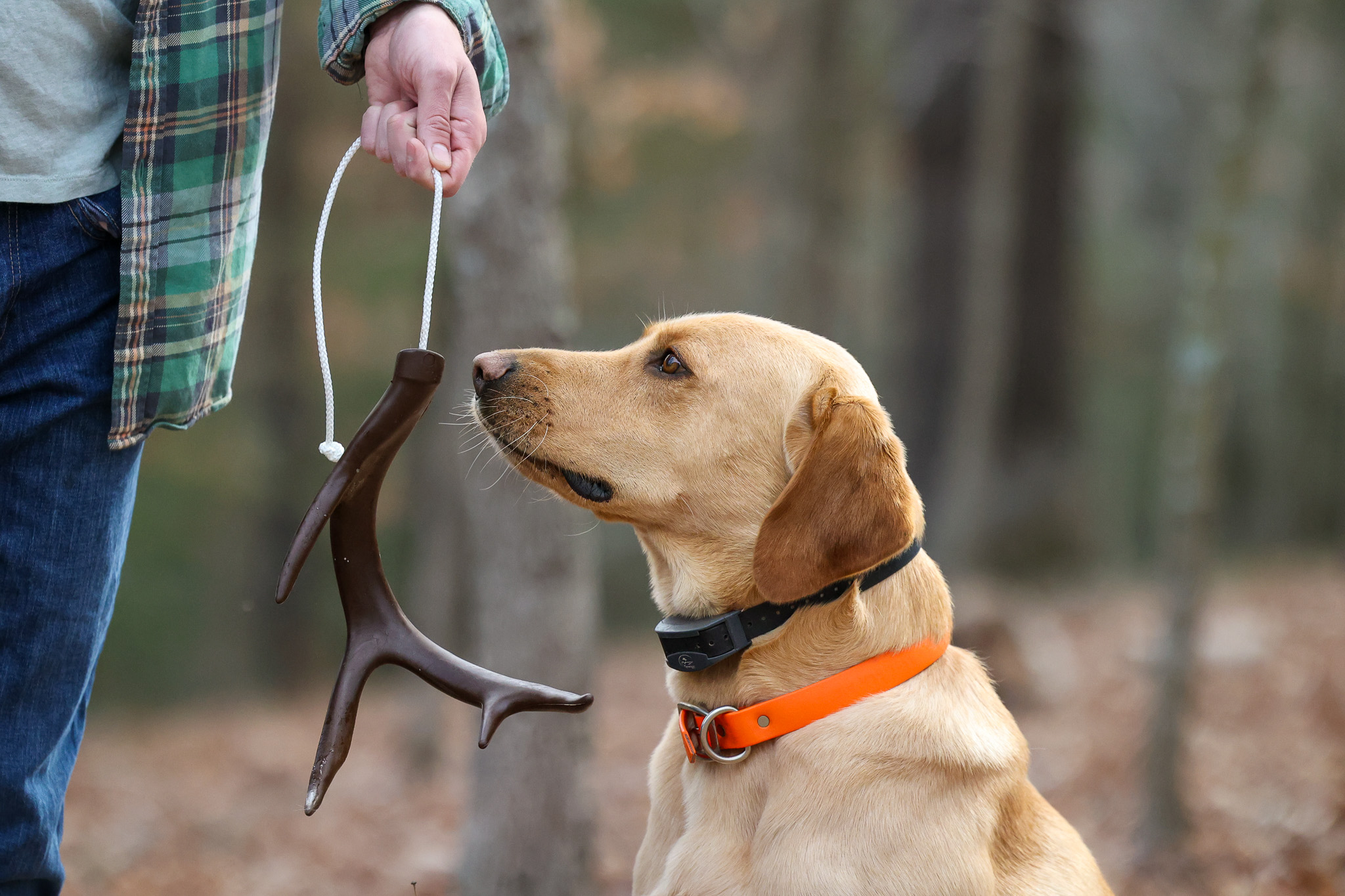
When you dig into the broader working dog world, you find all kinds of canines that are being used to sniff out invasive species, identify and track down poachers, and even sniff out and locate endangered sea turtle eggs buried in the sand. Dog noses are incredible, but they aren’t the only way dogs learn to find sheds. Tom Dokken is a well-known retriever trainer who sells a kit for training shed dogs. In it are several oversized, fake antlers used to teach dogs to look for sheds (see our gear list below). When I started focusing on this with my own dogs, I realized how quickly they began to identify white objects laying in picked bean fields and how quickly they learned to use their eyes as well as their noses. If you’re going to train your dog for antlers, don’t ignore the visual aspect of the task. Understand that even though dogs are natural hunters, thanks to stellar olfactory capabilities, they can learn very quickly to use their eyes as well. They just need the right guidance.
Shed Hunting Is in the Blood
“No dogs are bred for shed hunting. If you see someone advertising shed hunting lines, they may be great dogs, but they weren’t bred to specifically hunt sheds,” Moore says. There are plenty of people claiming shed dog bloodlines, and hunters are buying them. But the reality is that those dogs are bred to produce traits that lend themselves to the task of shed hunting, but not shed hunting specifically. This is no different from a breeder saying his dogs are bred to hunt pheasants, which sounds simple enough but is also impossible. Bird dogs are bred to work a certain way and hopefully express specific traits their parents possess. That should mean they’ll be an asset in the CRP where roosters roam, but doesn’t mean they were specifically bred to hunt ringnecks. The same goes for shed dogs. The traits you want in a shed dog are possible to focus on through specific breeding, and could express themselves in certain bloodlines, but those dogs were not bred to hunt antlers.
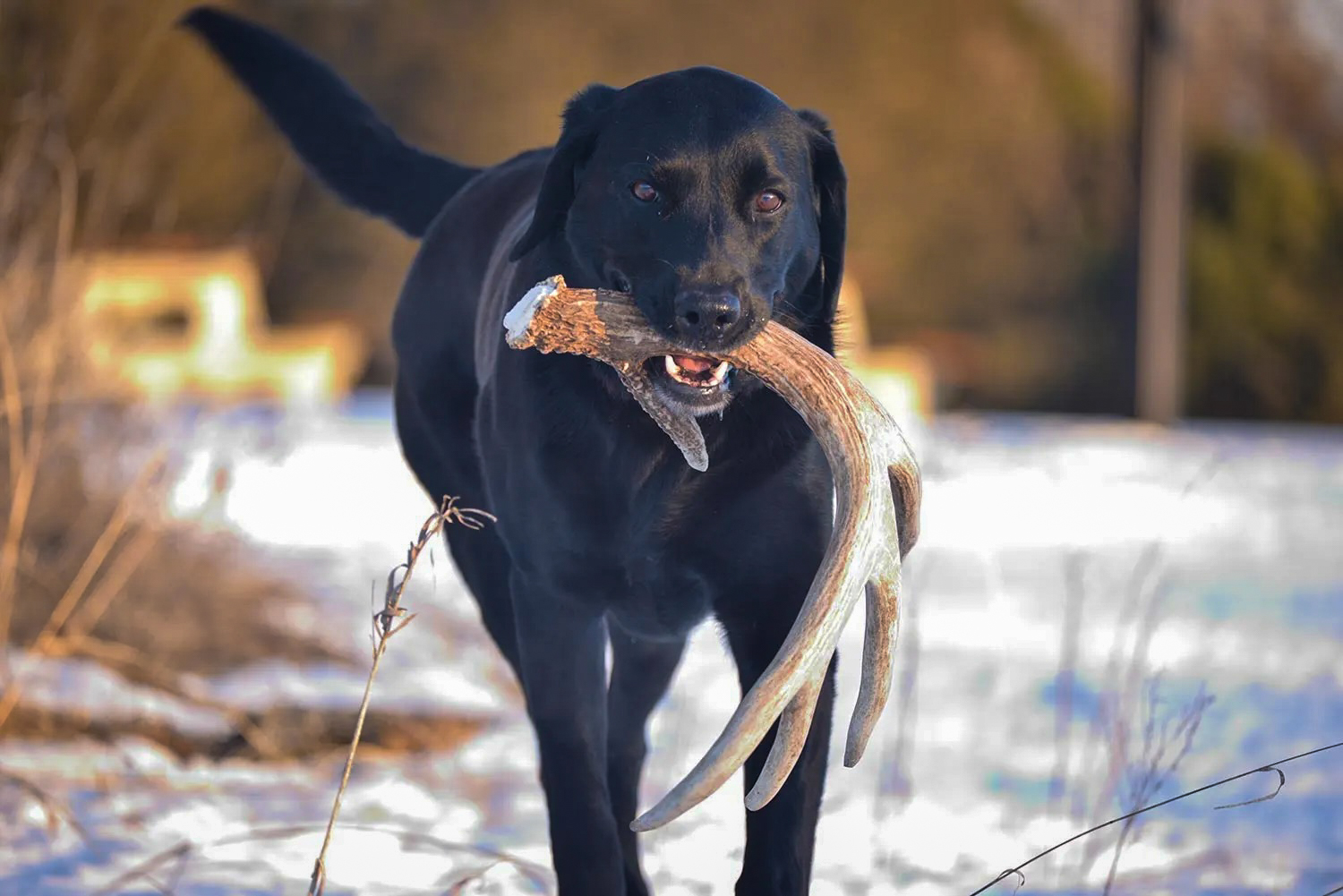
Photo by Tony J. Peterson
Read Next: Shed Hunting: The Ultimate Guide to Finding Antlers
Shed Dogs Result in More Sheds
The most common assumption with a shed dog is that they will out-hunt human counterparts and deliver bundles of antlers. According to Moore, the amount of extra antlers you’ll get with a shed dog is all about perspective. “If you’re honest about the number of antlers you usually find in a given season, which is pretty low for most people, then a shed dog might give you a 25 or 50 percent boost in finds. But that might be the difference between finding four versus three. Dogs aren’t antler-finding machines, but they do go into places we typically avoid, and that means they occasionally find antlers we would have walked by.” So if you are worried about risking a lower-back injury from carting out all of that extra bone from the woods this spring, think again.
Dogs Are Natural Antler Finders
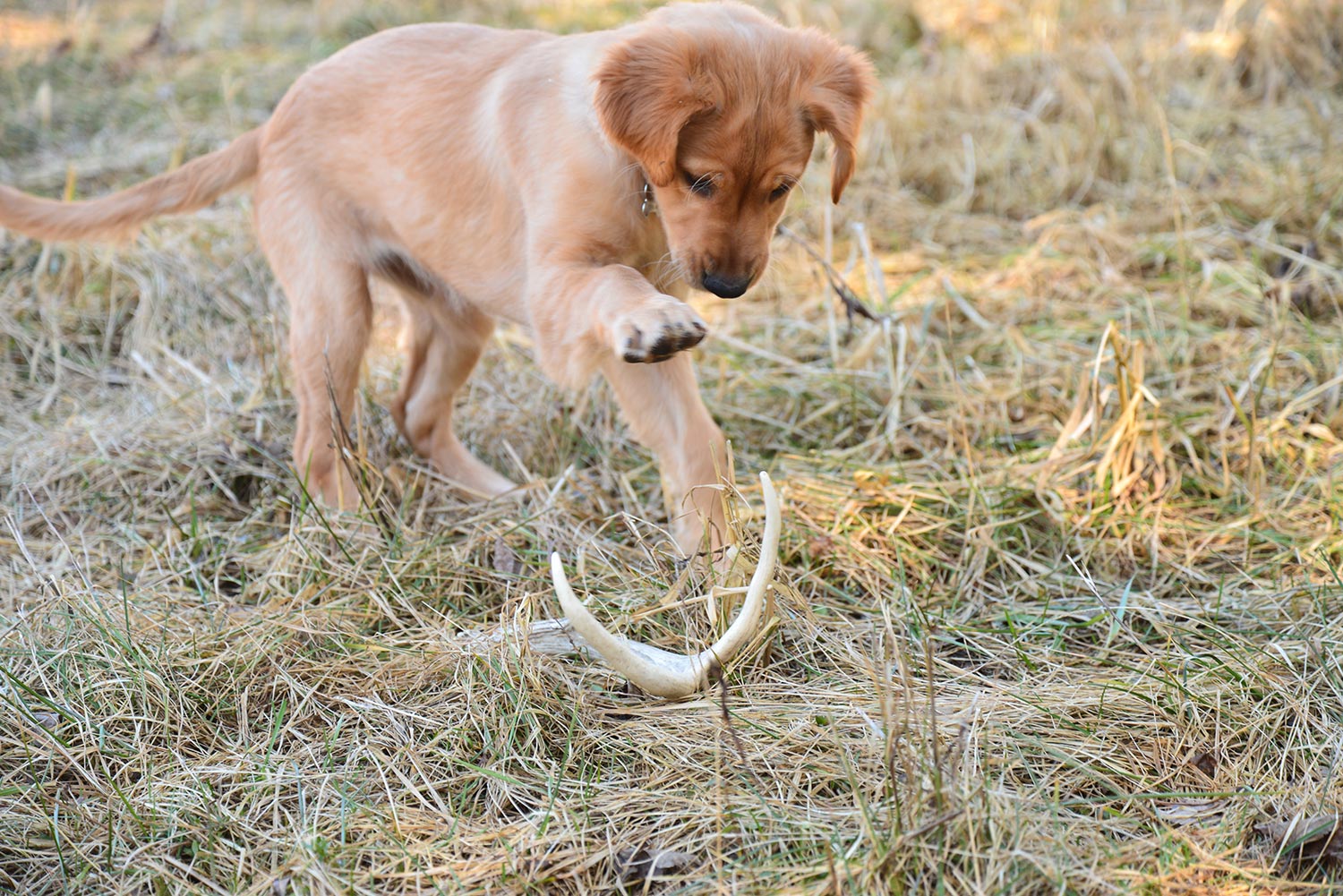
We’ve all heard stories about dogs that just like to find sheds and will gladly bring them back to their owner during a winter walk in whitetail country. Finding those dogs is akin to a random farm litter producing a field trial champion (you’re more likely to get struck by lightning). Dogs love to chew on bones, we know that, but they usually aren’t naturally interested in antlers enough to pick them up when they are in the woods and there are so many other things to sniff and chase around. A dog has to learn to connect an antler to a reward, which means you have to train shed hunting behavior into your dog. Again, this is a hell of a lot easier with a driven dog.
Read Next: The Best Training Collars, Tested and Reviewed
Shed Hunting Will Ruin A Bird Dog
I once heard Dokken explain that the smell of a rooster to a hunting dog is like a T-Bone steak, while the smell of an antler is probably closer to burnt toast. A dog that loves upland or waterfowl hunting is not going to give up on grouse or mallards to go find a stationary object that can’t run away or flap in its mouth. Training a hunting dog to find sheds is only going to add to the season, not take away from anything you already do with your pup. In fact, it’s pretty easy to make the argument that tacking on three extra months of field time with your dog working through shed-antler environments will only make it a better hunter (and you a better handler). This is the great intangible, besides just enjoying more time outdoors with your shed hunting dog. — Tony J. Peterson
Gear for Training Shed Hunting Dogs
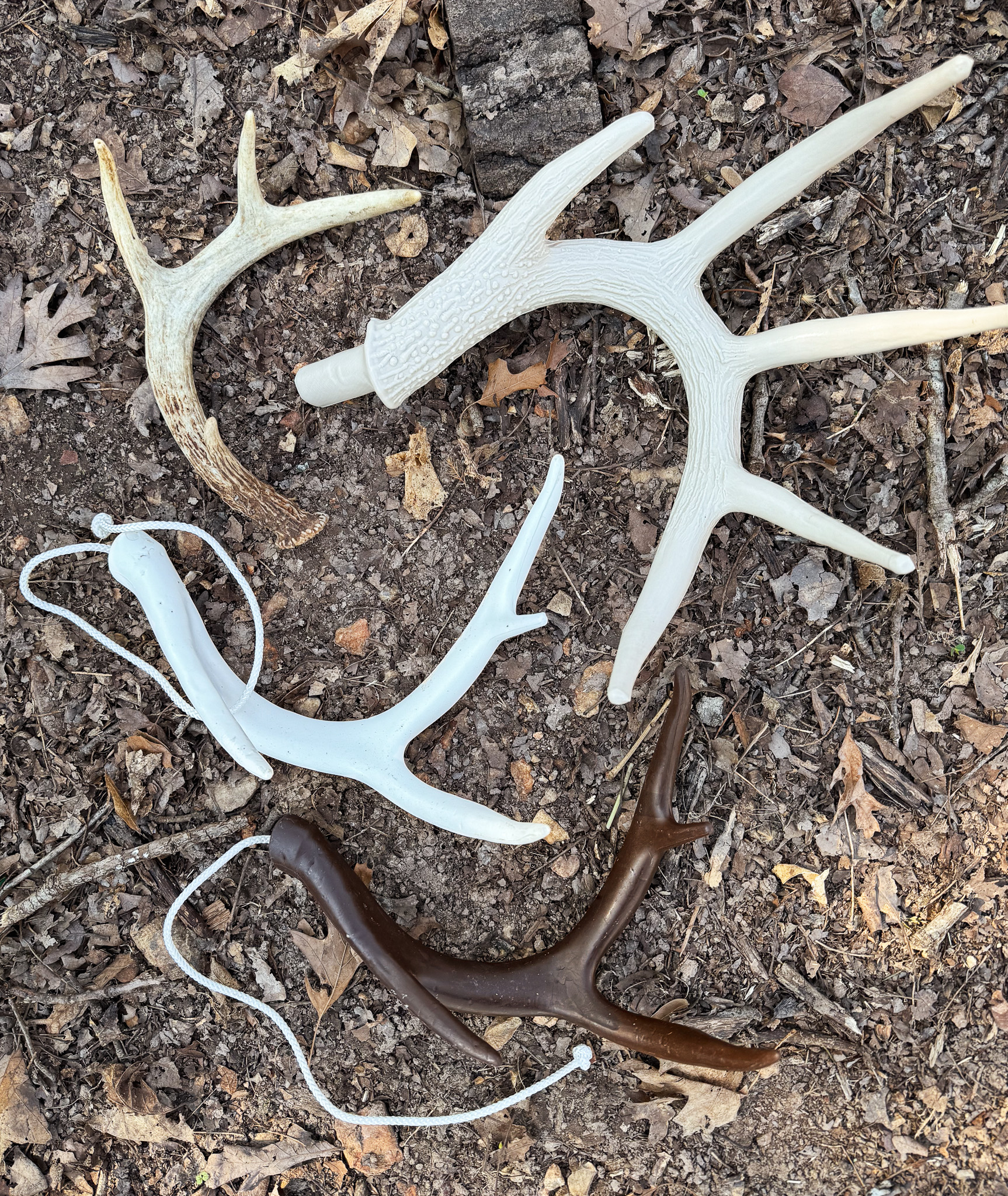
Photo by Natalie Krebs
Although the only gear you really need for training a shed dog is a couple of natural antlers, you’ll see better success if you get your hands on a few essentials. Those include:
- Natural deer antlers, or smaller elk antlers
- Soft antler-shaped dummies
- Antler-scented wax or liquid antler scent
- Disposable gloves for scent control as you handle antlers
- Antler silhouettes, store-bought or DIY
- Wire flags or flagging tape for marking planted sheds
- Shed training booklet
FAQs
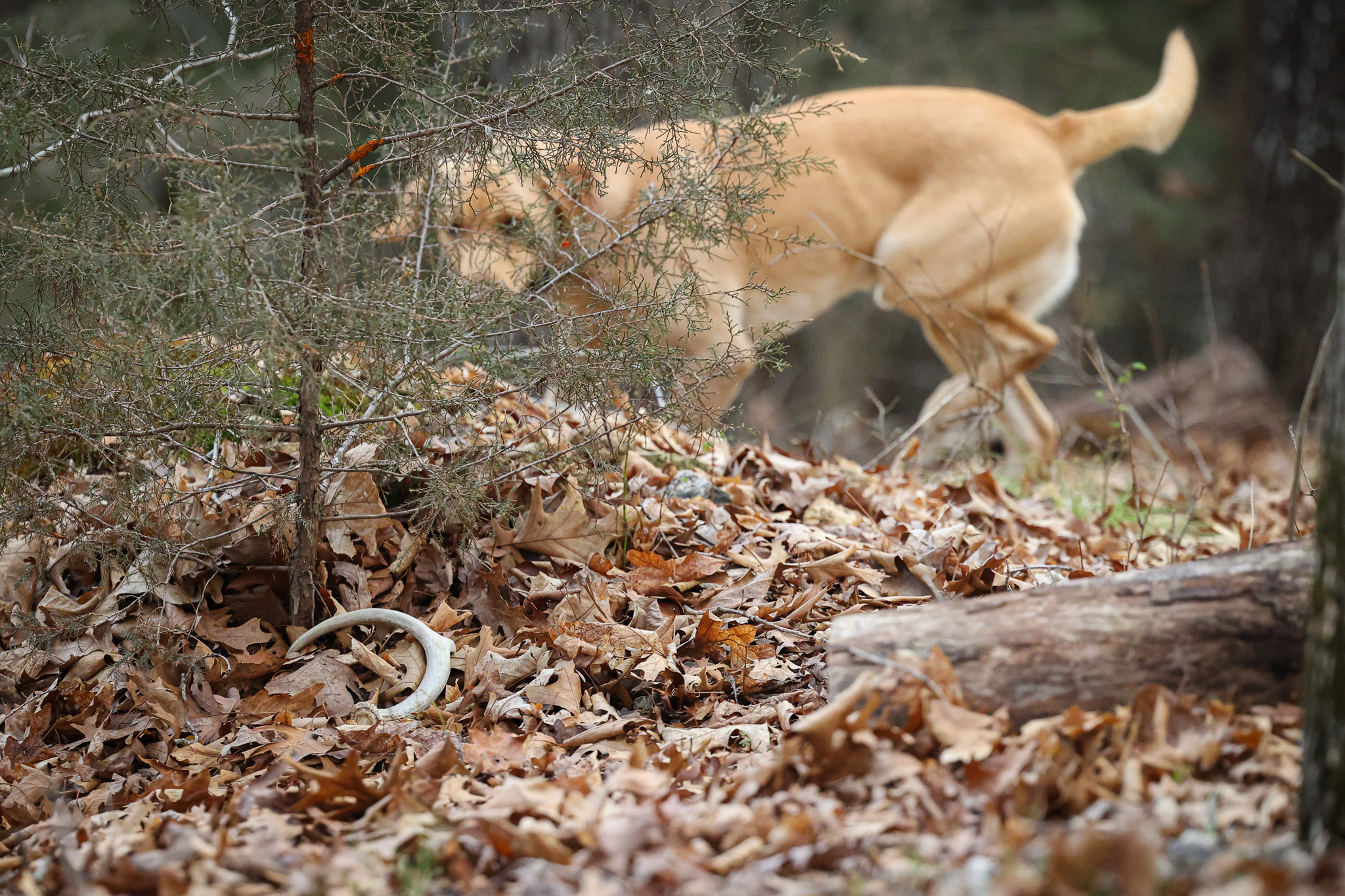
Photo by Natalie Krebs
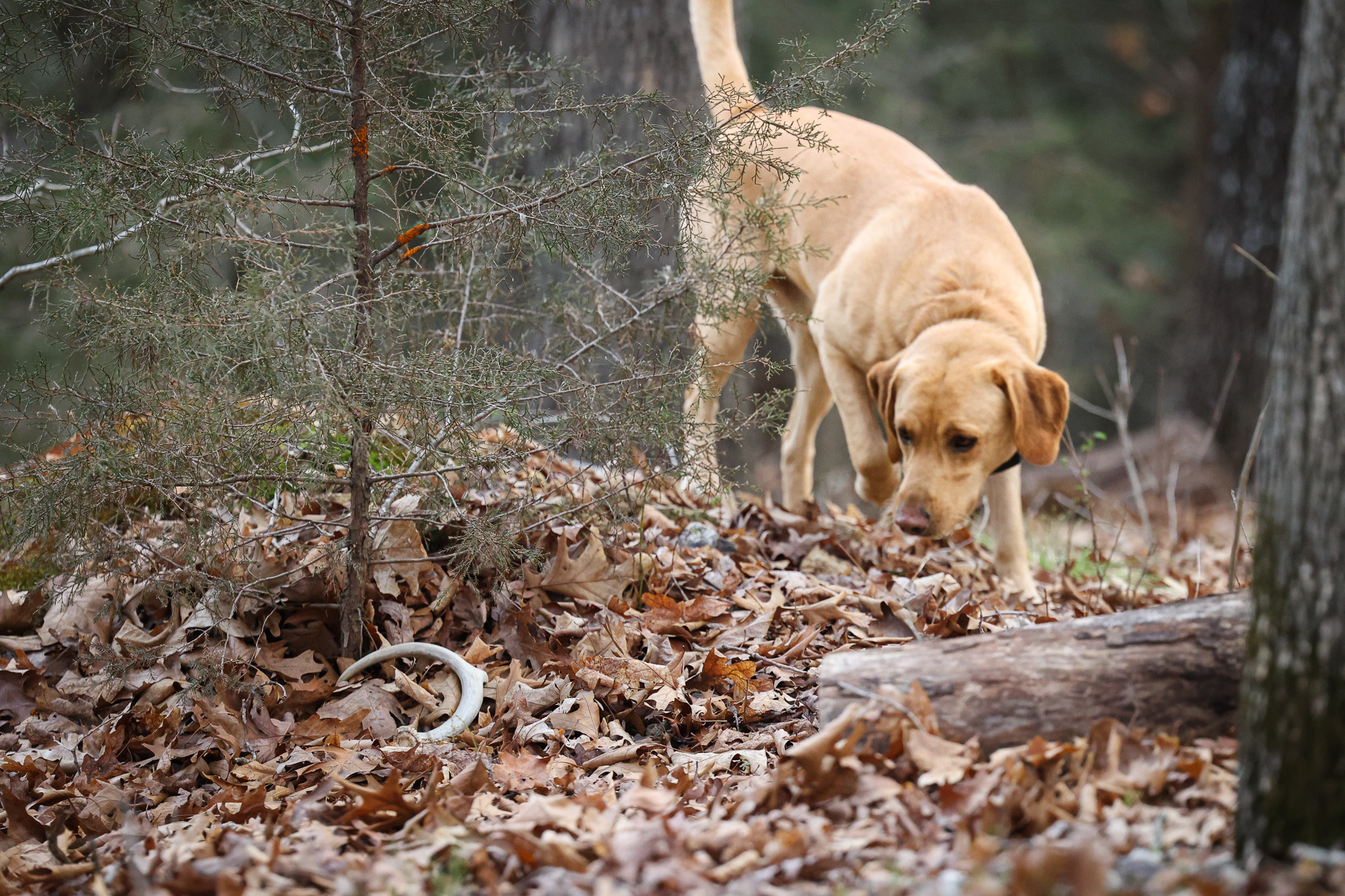
Photo by Natalie Krebs
Both. It’s important for dogs to both recognize the scent and appearance of shed antlers to retrieve them effectively, and that’s why you should use dummies that look and smell like real antlers when training your dog. Still, dogs primarily rely on their noses to locate shed antlers. Naturally-shed antlers are often buried partially under snow or leaves, making them difficult for both humans and dogs to see. Watch a dog closely as it works to find a planted antler, and you’ll probably notice the dog locking onto the antler’s scent before he ever sees it.
It depends on the individual dog. Your dog doesn’t need to be a purebred, a retriever, or a tracking dog to find sheds, but she needs to be willing to work and have some interest in the key components of shed hunting: locating antlers with her nose and bringing them to you. If your mutt likes find-it games and playing fetch, you’ve got a contender. If your dog refuses to bring back a tennis ball, don’t hold your breath that she’ll bring you sheds. And remember: No matter what your dog’s natural instincts are, you still need to teach her how to locate and retrieve antlers.
The shed hunting breed is whatever dog you already have. If you’re interested in getting a dog specifically to hunt shed antlers, Labrador retrievers are the best breed judging by shed-hunting competition wins. Although the North American Shed Hunting Dog Association allows all breeds (including mixed breeds) to participate in events, NASHDA’s annual champion has always been a Labrador retriever. While they usually win UKC Elite Shed dog competitions, they don’t always. Labs are most common, but other participating breeds include Belgian shepherd dogs, border collies, Dutch shepherds, English springer spaniels, German shorthaired pointers, German wirehaired pointers, golden retrievers, Portuguese water dogs, standard poodles and even giant schnauzers. Heck, my mom’s goofy golden doodle once found the nicest set of matching shed antlers we’ve found to date on the family farm.
Final Thoughts on Shed Hunting Dogs
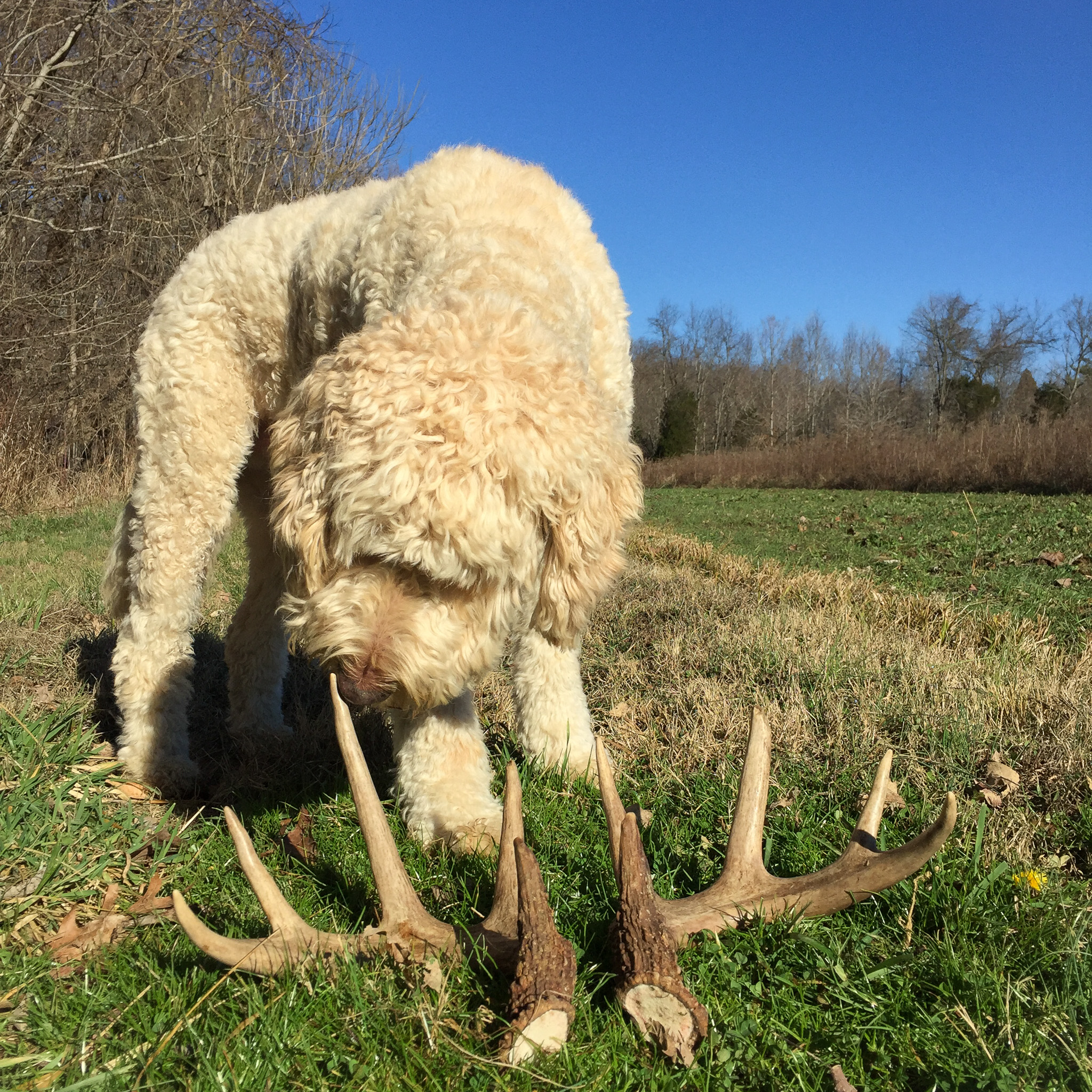
Photo by Natalie Krebs
You don’t need a champion bird dog or even a particular breed to train your dog how to hunt sheds. Successful shed hunting dogs include all kinds of breeds, from Labrador retrievers (the most common shed hunting breed) to standard poodles and dutch shepherds. To have both fun and success, however, you need a dog that has the drive and the interest to retrieve antlers for you, and the time and patience to teach them how. —Natalie Krebs
